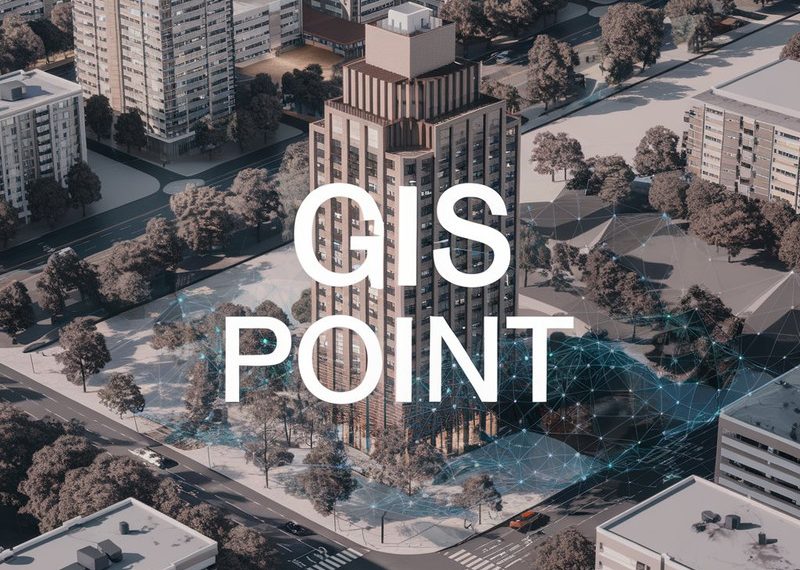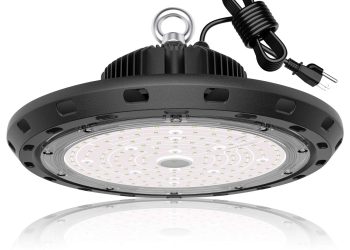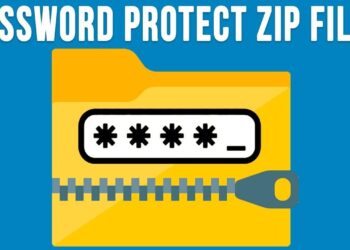LiDAR mapping uses laser pulses to create three-dimensional maps capable of detecting even the smallest changes in terrain. LiDAR is essential in various fields, from urban planning to the study of natural landscapes. Companies that provide LiDAR and geo information system services, such as https://gis-point.com, offer advanced solutions for those seeking the highest accuracy in their work. With their help, it is possible to obtain not only detailed maps but also data analysis that aids in making effective real-time decisions. This makes LiDAR one of the most precise tools for mapping in any conditions.
How does LiDAR work
The principle of LiDAR operation is based on the system emitting laser pulses that reflect off surfaces and return to the sensor. By measuring the time it takes for the pulse to return, the system can accurately determine the distance to the object. This allows LiDAR to create detailed three-dimensional models of the terrain, making this technology indispensable in mapping, environmental studies, archaeology, and many other fields.
What affects LiDAR accuracy
The accuracy of LiDAR mapping depends on several key factors that can significantly influence the quality of the obtained data.
- Laser Resolution and Measurement Range: The smaller the size of the laser pulse, the more accurately it can measure distances to objects. If the laser cannot reach certain distances due to limitations in power or sensitivity, it may result in a loss of information.
- Pulse Frequency and Number of Returns: A higher pulse frequency provides more data about the surface, leading to better detail. A greater number of returns allows for more detailed information about objects, such as vegetation or terrain.
- Impact of Topography, Vegetation, and Weather Conditions: Steep slopes or cliffs can hinder the accuracy of measurements. Laser pulses may be absorbed or scattered by dense trees, complicating the acquisition of accurate land data. Rain can scatter laser pulses, while fog and clouds can obstruct their passage.
Are there any errors in LiDAR
While LiDAR technologies are among the most accurate mapping methods, they can still experience certain errors that need to be considered. As mentioned earlier, weather conditions significantly impact accuracy. Sunlight can also create issues for some LiDAR systems, especially those that use cheaper components. This can lead to a decrease in data quality due to noise, which interferes with precise distance measurements.
LiDAR may have difficulties measuring distances to reflective surfaces, such as water bodies or mirror-like materials. Laser pulses can inadvertently reflect, resulting in incorrect measurements. Additionally, dense vegetation, buildings, and other physical obstacles can hinder lasers from reaching their targets.
To enhance accuracy, regular calibration of LiDAR systems is performed, and using Ground Control Points (GCP) along with algorithms for noise filtering can significantly improve the quality of the results.
What are the prospects for improving accuracy
Increasing the resolution of lasers allows for more accurate data collection. This is how systems that scan across a broader range of wavelengths work, reducing the impact of atmospheric conditions. The reduction in size and weight of LiDAR equipment makes the technology more accessible for use in various fields, including mobile and unmanned platforms.
Thanks to these innovations, LiDAR technologies continue to evolve, opening new possibilities for precise mapping and analysis across different industries. This not only enhances data accuracy but also expands the areas of application, from urban planning to environmental research. With the ongoing development of technology, LiDAR is likely to play a central role in modern mapping, creating new opportunities for exploration and analysis.







